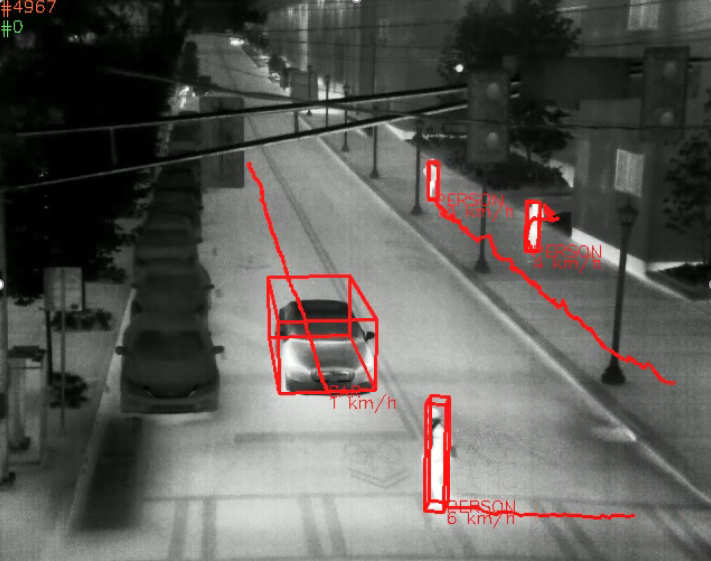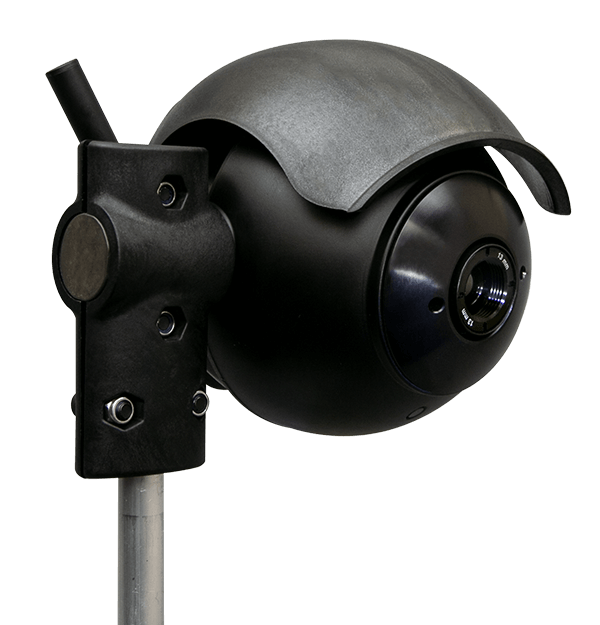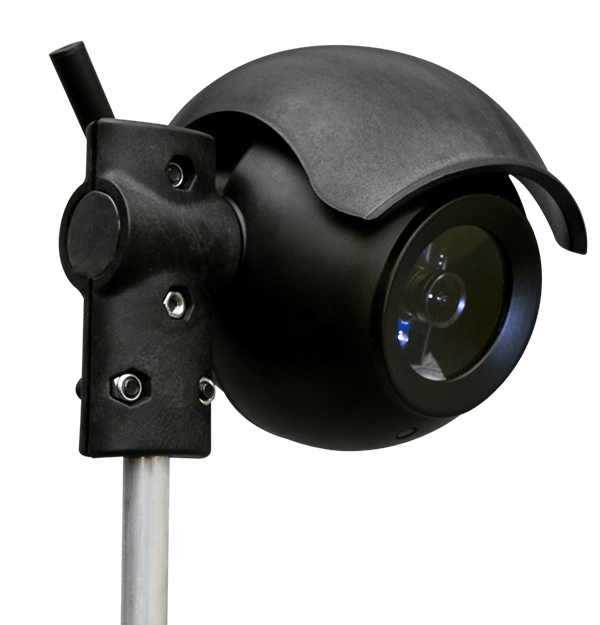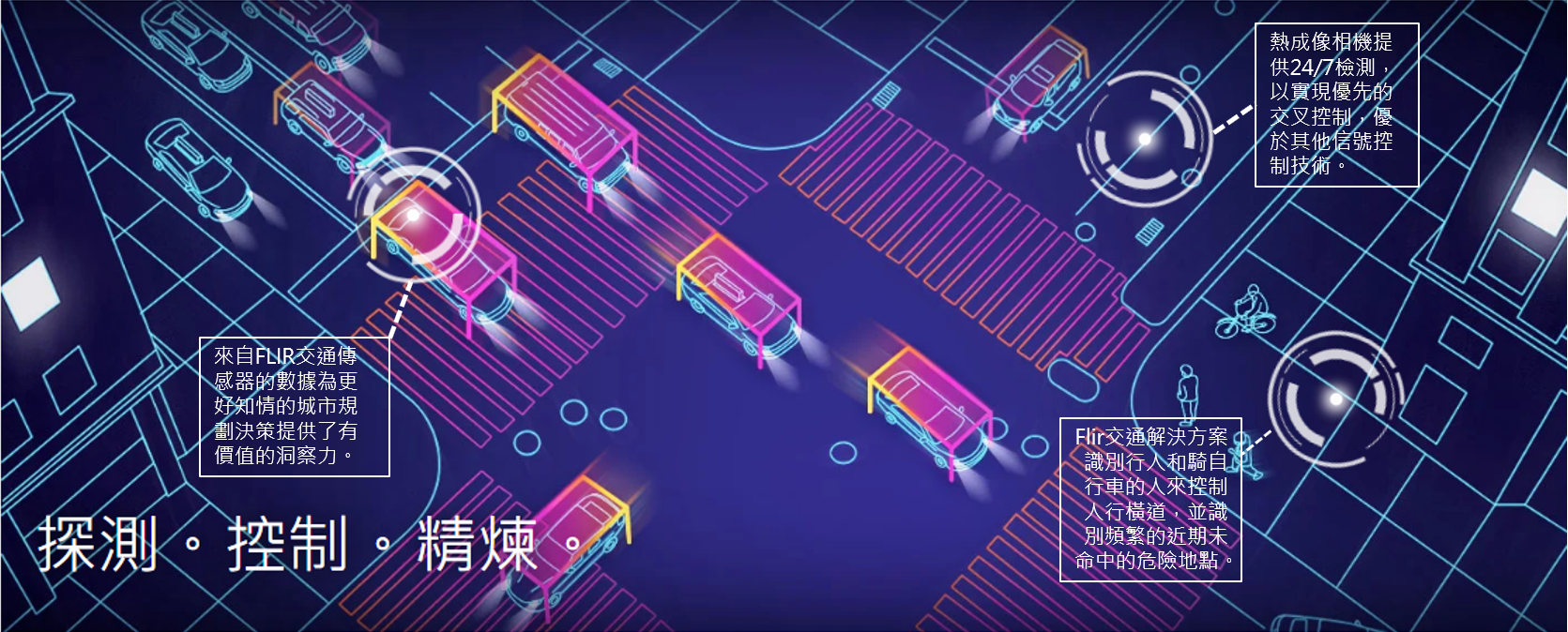TrafiSense AI
Model:TrafiSense AI
The difference at each intersection depends on a variety of factors. How many people cross the street? Is there heavy pedestrian and bicycle traffic? Is it along a major public transport line? How will usage fluctuate throughout the day? Diligent research and knowledge of the area are necessary to create an efficient and safe intersection. Beyond that, traffic managers must monitor changing conditions and make improvements as traffic flows evolve.
The way we monitor and address these traffic fluctuations has changed over the years. From basic signal timing to advanced vehicle detection, improvements in transportation technology are driving safer and more efficient intersections. As the performance of these sensors improves, so does our understanding of complex urban environments.
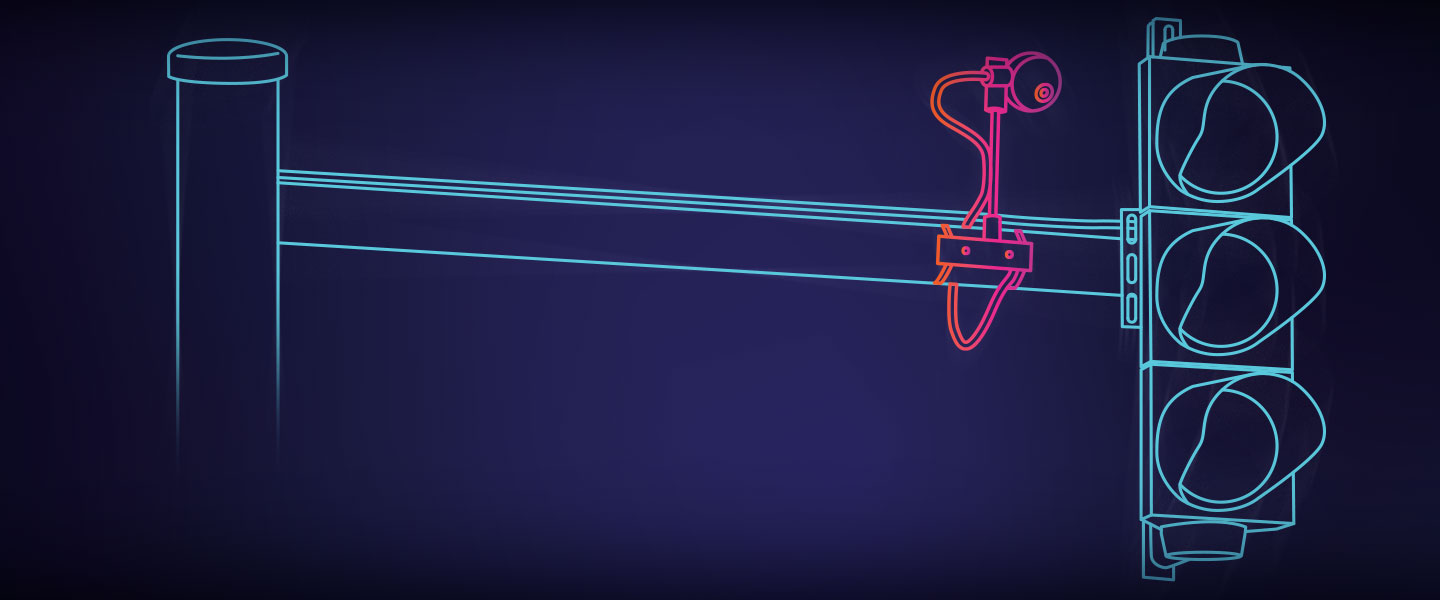
AI-powered traffic sensors provide new insights into intersections and their surroundings. The ability to monitor vehicle position, direction, and speed not only allows for effective instant control of intersections, but also collects robust vehicle and pedestrian movement data to improve predictive traffic systems.
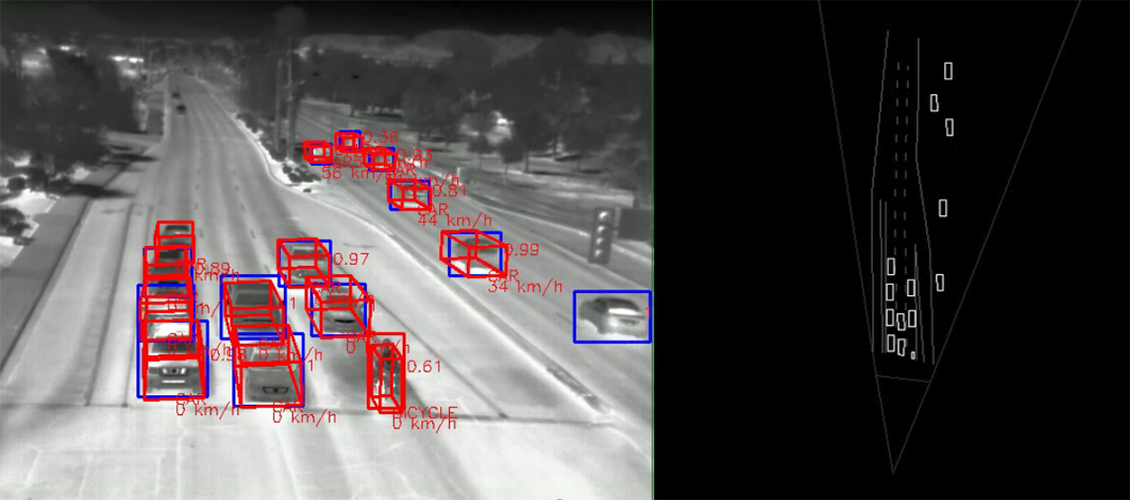
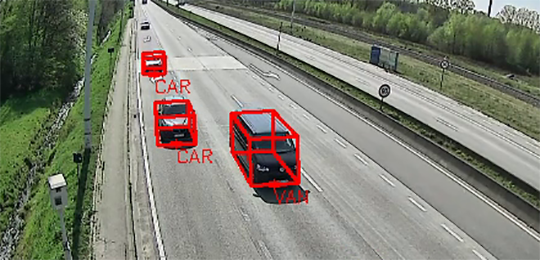
As transportation methods and the vehicles themselves continue to evolve, so must our infrastructure. AI will provide traffic managers with valuable data to help shape the future of our intersections and roads.
